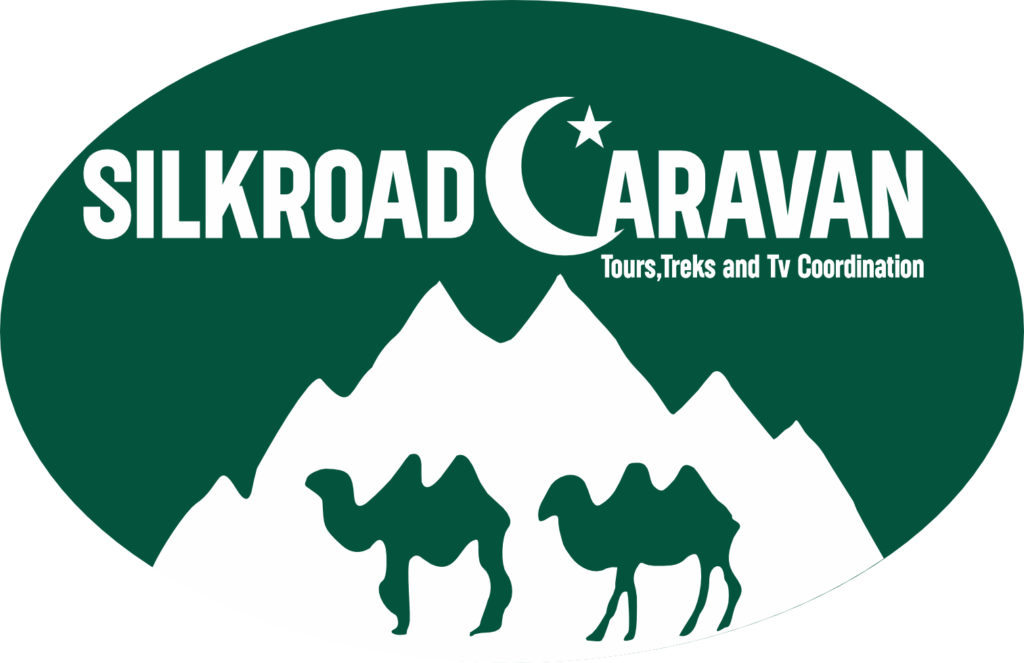
Embark on an unforgettable journey along the legendary Pamir Highway, one of the world’s most epic road adventures. This tour takes you deep into the breathtaking landscapes of Tajikistan, where snow-capped peaks, ancient Silk Road history, and warm local hospitality await. Explore remote mountain villages, cross high-altitude passes, and witness the raw beauty of the Pamirs – a region steeped in tradition and untouched nature. Whether you’re a seasoned traveler or an intrepid explorer, this tour promises awe-inspiring scenery and authentic cultural encounters at every turn.
Included/Excluded
- Arrival and Departure Transfer,
- All accommodation on twin share basis (Hotels 4, Guest houses 6, Home Stay 1, Yurt stay 1)
- Meals as listed: 11 Breakfasts, 11 Lunches, 11 Dinners.
- Entrance fees for sites listed as part of the itinerary
- All transfers according the program (price includes driver’s per diem, road and parking fees, all necessary permissions fuel and taxes;) Experienced and basic English speaking drivers, type of car: (A/C Toyota Land cruiser 100 or Lexus LX 470 )
- Mineral water (1L per day per person)
- Ticket for Tajik National park and permition
- LOI (Letter of invitation) for free of charge after confirming the tour with Pamir Central Asia
- International flights
- Early checking for first night per person 81 USD
- Supplement for single room 104 USD
- English speaking guide service for whole tour 462 USD
- Any airport taxes
- Travel Insurance
- Tips and gratuities
- Any personal expenses
- Any services not included in the above itinerary
- Important – early arrival is not included
- Some sightseeing places and excavations might be closed / not possible to visit due to local changes, reconstruction, roads condition, and security reasons. We do not guarantee all advised places will be covered, but we will try to do our best to cover them.
- Pricing is confidential & non commissionable
Tour Plan
Meeting at your stayed Hotel/Hostel and get start our journy to High Pamir!
Today we set off east towards the Pamirs and Kalaikhumb, driving through beautiful scenery and interesting villages’ en route. This area is a little more conservative, and we see many men with beards, and women wearing traditional dress. We will cross the Shurabad Pass (2200m high) On the road we will visit to the ancient fortress Hulbuk dated by VIII century recently restored under the decree of the president. The local guide will talk interesting stories about the life in the fortress, shows outlines of the bases of rooms, halls and harems of the local governor’s palace. Arrive to Kalaikhumb in the early evening.
From Kalaikhumb we leave for Geisev through Bartang valley with some 30 km of terrain ahead of us, and again the promise of some spectacular scenery along the way. Arrival in Hijez village in Bartang valley we will stay in family home stay. We can explore this isolated area, how they are keeping farming and theirs Pamir culture
After having the local Pamiri breakfast we will drive 12kms up to Bartang valley, We will cross the river small bridge, and our trek begins on the river Bartang just beyond Bhagoo village. The hike is mostly gently uphill, for about 8km to the upper of three lakes. The first houses in Geisev are reached after about 5km. The abundant vegetation, the gnarled trees, the lakes and the ever-changing river – sometimes frothing with energy, sometimes limpid and blue – create a very special peaceful atmosphere, ideal for a short break without too much physical effort. This rout passing lakes, and the rivers traversing some of the most magnificent scenery in the Pamirs. We will again cross the river and drive to Khorog for overnight.
We have reached the capital of Gorno-Badakshan Autonomous Oblast (GBAO).The route passes through amazing twists and turns. The snow-capped mountains, crisscrossed by wild rivers and lakes. Arrive to Khorog , the capital of the Gorno-Badakshan Autonomous Oblast (GBAO).
About 50kms along the road to our next stop, Ishkashim, we will stop at Garmchasma hot springs for an (optional) dip in the waters. From here, we enter the Tajik half of the Wakhan Valley (shared with Afghanistan) and pass regional gem mines mentioned by Marco Polo.
Driving along the Wakhan valley and visit detour to the nearby village of Namadguti to visit the Khahkha Fortress. This impressive structure rises from a naturally formed platform of rock and dates back to the Kushan era of the 3rd Century. There are a number of these ancient fortresses in the area, and we also visit Yamchun fort, perhaps the most impressive of them. We take a break at the Bibi Fatima hot springs, named for the Prophet Mohammed’s youngest daughter and where local women believe they can increase their fertility. Continuing on we then stop at the 4th Century Buddhist stupas at Vrang, reminders of the ancient pilgrim caravans that passed through the region
Today we get a chance to explore the amazing landscape of this area. We drive up to Bulung kul Lake via the Kargushi Pass (4344 meters). On this journey we leave behind the lush valleys of the Wakhan Valley and enter a landscape that is rocky, mostly barren but nevertheless dramatic. This is the Pamir Highway we have anticipated, with the route between Khorog and Osh completed in 1931 across a Tibetan-plateau style high altitude terrain. The inhabitants have rarely seen Europeans and are friendly and hospitable. lunch on the Alichur vilage after lunch drive to Bulunkul and Yashil Kul Geyzer and drive to Murghab
We leave for Murghab the center of East Pamir. The road up Murghab, however, is spectacular an, passing through again the settlement of Mamazair. This small town bestrides the Murghab River at an altitude of 3,650 m. Younghusband visited it in 1890 and wrote “It is a dreary, desolate spot… with a certain amount of grassy pasture and a few scrubby bushes by the river, but surrounded by barren hills, and bitterly cold. How these Russian soldiers can support existence there is a marvel…shut up in dreary quarters, with nothing whatever to do – week after week, month after month passing by in dull monotony….” Over a century later, nothing much has changed.
We depart today to Kara Kul lake.We will cross a high-altitude pass Ak-Baital Pass (4655 meters) which is the highest section of road in the former Soviet Union. Arrive to Karakul Lake, the highest lake in Central Asia, and at 3915 meters, too high to support any aquatic life.
Today you can explore real Nomadic life of Eastern Pamir people, how to keep Yaks, and see milking the Yaks, also you will have opportunity to taste local Nomad foods, after exploring in late afternoon we depart back to Murghab 165kms drive.
Murghab (3670 m) itself has few attractions, but it will serve as our base for a one night as we explore the area a little. The 7546 m – high Chinese peak of Mustag Ata is visible to the northeast of town, 110 km away in a direct line.
We drive back to Khorog via M41. This is the famouse Pamir Highway we have anticipated, with the route between Khorog and Osh completed in 1931 across a Tibetan-plateau style high altitude terrain.
Today we set off in Kalaikhumb, driving back through beautiful scenery, The road joins the river Piano, which in turn forms the border with Afghanistan. The contrast across the river valley is telling, Tajikistan is undoubtedly a poor country, but in general the roads are sealed and buildings are connected with electricity. The situation barely 100m away is even starker, and it is as if the river represents not just a physical divide, but also a step back in time.
Today we set up to Dushanbe, driving through beautiful scenery and interesting villages en route.This area is a little more conservative, and we see many men with beards, and women wearing traditional dress.
Tour Map
Enquiry Form
Quick Links
- © 2025 Silk Road Caravan All Rights Reserved.


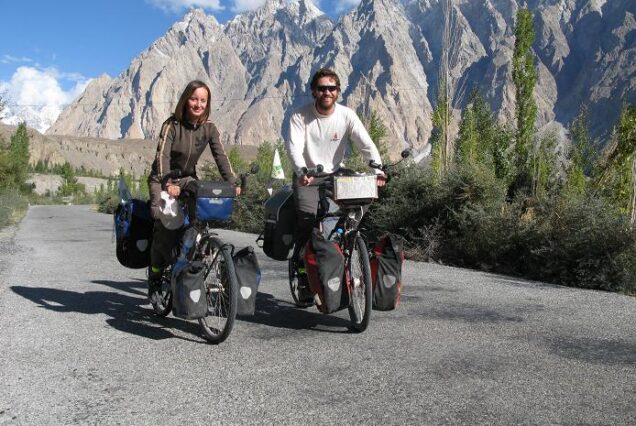
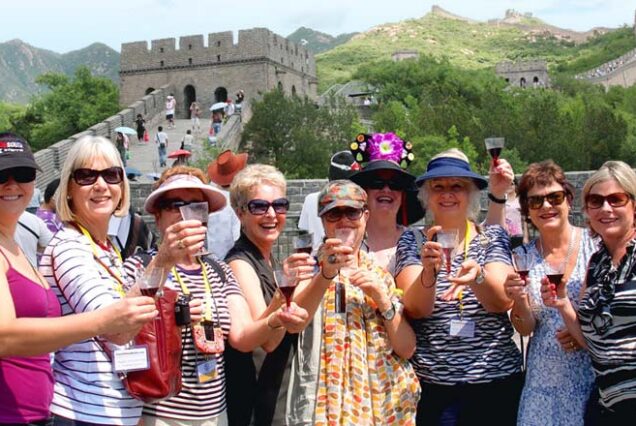
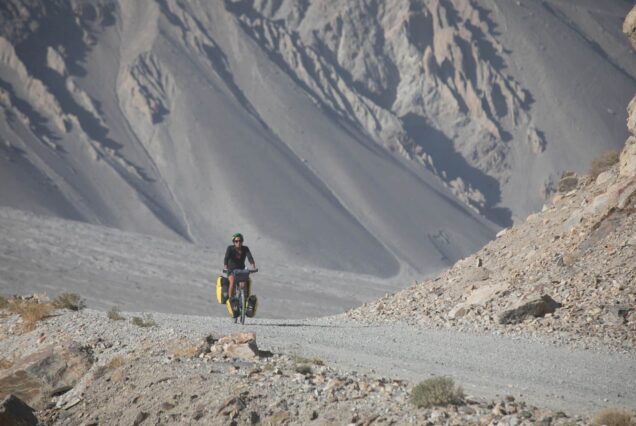
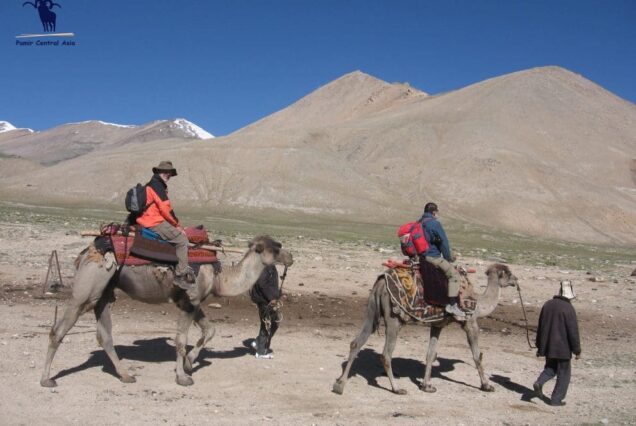

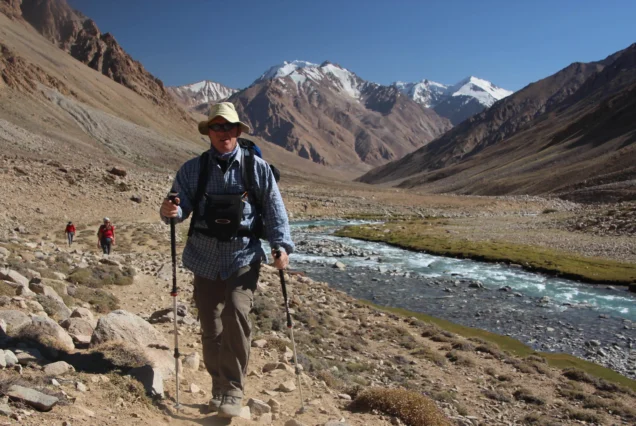
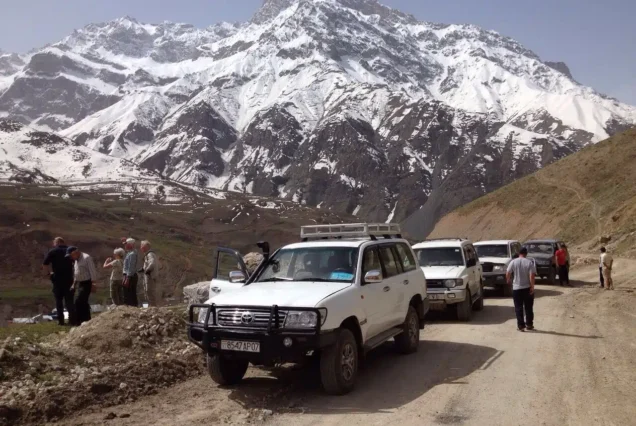








Reviews
There are no reviews yet.